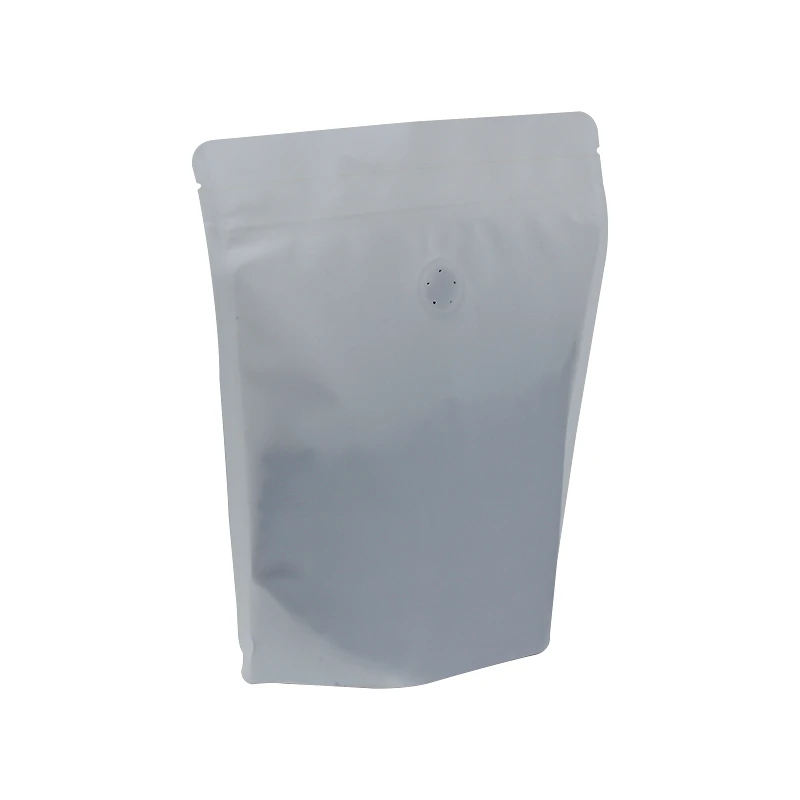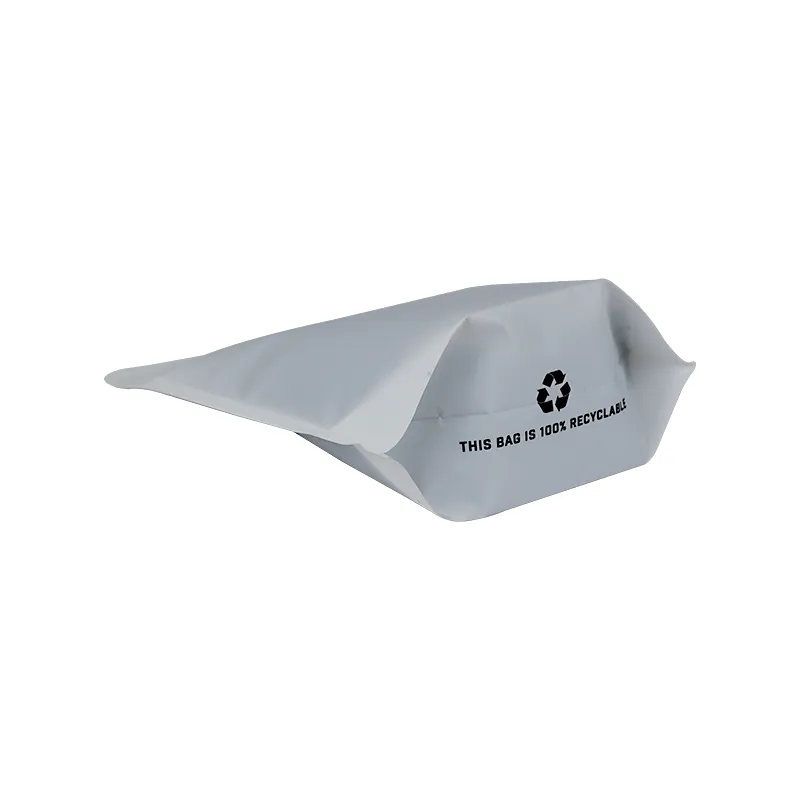Email: enid@bc-pak.com
Tel: 86-757- 88811186
- Afrikaans
- Albanian
- Amharic
- Arabic
- Armenian
- Azerbaijani
- Basque
- Belarusian
- Bengali
- Bosnian
- Bulgarian
- Catalan
- Cebuano
- chinese_simplified
- chinese_traditional
- Corsican
- Croatian
- Czech
- Danish
- Dutch
- English
- Esperanto
- Estonian
- Finnish
- French
- Frisian
- Galician
- Georgian
- German
- Greek
- Gujarati
- haitian_creole
- hausa
- hawaiian
- Hebrew
- Hindi
- Miao
- Hungarian
- Icelandic
- igbo
- Indonesian
- irish
- Italian
- Japanese
- Javanese
- Kannada
- kazakh
- Khmer
- Rwandese
- Korean
- Kurdish
- Kyrgyz
- Lao
- Latin
- Latvian
- Lithuanian
- Luxembourgish
- Macedonian
- Malgashi
- Malay
- Malayalam
- Maltese
- Maori
- Marathi
- Mongolian
- Myanmar
- Nepali
- Norwegian
- Norwegian
- Occitan
- Pashto
- Persian
- Polish
- Portuguese
- Punjabi
- Romanian
- Russian
- Samoan
- scottish-gaelic
- Serbian
- Sesotho
- Shona
- Sindhi
- Sinhala
- Slovak
- Slovenian
- Somali
- Spanish
- Sundanese
- Swahili
- Swedish
- Tagalog
- Tajik
- Tamil
- Tatar
- Telugu
- Thai
- Turkish
- Turkmen
- Ukrainian
- Urdu
- Uighur
- Uzbek
- Vietnamese
- Welsh
- Bantu
- Yiddish
- Yoruba
- Zulu
100% Recyclable Flat Bottom Pouch
Views :
Update time : Feb . 12, 2025 15:51
Packaging plays a critical role in the marketing and branding strategies for any product. As companies strive to enhance user experience, present professionalism, assert authority, and cultivate trust, understanding the five major types of packaging can turn out to be a game-changer. Each type appeals to different consumer needs and operational efficiencies—offering unique advantages and challenges. Here's an in-depth look at these packaging types rooted in real-world product needs and experiences.
Glass packaging is synonymous with luxury, purity, and sustainability, making it a preferred choice for high-end products such as perfumes, gourmet foods, and premium beverages. Its impermeability protects contents from contamination, retaining product flavor and quality. Many wineries and breweries rely on glass for its ability to preserve taste and impart an upscale image. Trust in glass packaging is further endorsed by consumers’ perception of it as environmentally friendly, recyclable, and safe. However, companies must contend with higher transportation costs and fragility, demanding more sophisticated logistics and advanced design solutions to mitigate breakage risk. 4. Metal Packaging Metal packaging, particularly aluminum and steel, is renowned for its toughness and ability to offer superior protection against external factors such as light and oxygen. It's a staple in the food and beverage sector, found in cans for drinks, aerosols, and even medical products. Aluminum cans, for example, appeal not only for their ability to keep beverages cool but also for their full recycling capability. The expertise needed in shaping and filling metal adds to its authoritative image in the market. Companies focusing on innovation can exploit endless design possibilities—from eye-catching embossing to interactive labels, enhancing both product appeal and information dissemination. 5. Rigid and Flexible Packaging Rigid plastic packaging provides structural integrity for a range of products, from personal care items to home cleaning goods. This type of packaging offers compelling benefits in terms of shock resistance and stackability, supporting excellent retail display capabilities. On the other end of the spectrum is flexible packaging—embraced by companies seeking resource efficiency and reduction in carbon footprint. As an amalgamation of several materials, flexible packaging like pouches and bags maximizes functionality and consumer convenience. It's essential for brands to evaluate the cost-to-benefit ratio of techniques like resealable zippers or spouts, which significantly enhance user experience, encouraging brand loyalty. Ultimately, embracing the complexities of each type of packaging equips brands with the knowledge to optimize their product’s journey from the warehouse to the consumer's hands, reinforcing the four pillars of experience, expertise, authoritativeness, and trustworthiness. As trends evolve and environmentally friendly practices become pivotal, brands must be adept at innovating and navigating the nuanced space between industry needs and consumer expectations. This thorough understanding allows companies to leverage packaging not just as a vessel, but as a vital touchpoint in the consumer relationship—a silent ambassador for the brand’s values and quality standards.


Glass packaging is synonymous with luxury, purity, and sustainability, making it a preferred choice for high-end products such as perfumes, gourmet foods, and premium beverages. Its impermeability protects contents from contamination, retaining product flavor and quality. Many wineries and breweries rely on glass for its ability to preserve taste and impart an upscale image. Trust in glass packaging is further endorsed by consumers’ perception of it as environmentally friendly, recyclable, and safe. However, companies must contend with higher transportation costs and fragility, demanding more sophisticated logistics and advanced design solutions to mitigate breakage risk. 4. Metal Packaging Metal packaging, particularly aluminum and steel, is renowned for its toughness and ability to offer superior protection against external factors such as light and oxygen. It's a staple in the food and beverage sector, found in cans for drinks, aerosols, and even medical products. Aluminum cans, for example, appeal not only for their ability to keep beverages cool but also for their full recycling capability. The expertise needed in shaping and filling metal adds to its authoritative image in the market. Companies focusing on innovation can exploit endless design possibilities—from eye-catching embossing to interactive labels, enhancing both product appeal and information dissemination. 5. Rigid and Flexible Packaging Rigid plastic packaging provides structural integrity for a range of products, from personal care items to home cleaning goods. This type of packaging offers compelling benefits in terms of shock resistance and stackability, supporting excellent retail display capabilities. On the other end of the spectrum is flexible packaging—embraced by companies seeking resource efficiency and reduction in carbon footprint. As an amalgamation of several materials, flexible packaging like pouches and bags maximizes functionality and consumer convenience. It's essential for brands to evaluate the cost-to-benefit ratio of techniques like resealable zippers or spouts, which significantly enhance user experience, encouraging brand loyalty. Ultimately, embracing the complexities of each type of packaging equips brands with the knowledge to optimize their product’s journey from the warehouse to the consumer's hands, reinforcing the four pillars of experience, expertise, authoritativeness, and trustworthiness. As trends evolve and environmentally friendly practices become pivotal, brands must be adept at innovating and navigating the nuanced space between industry needs and consumer expectations. This thorough understanding allows companies to leverage packaging not just as a vessel, but as a vital touchpoint in the consumer relationship—a silent ambassador for the brand’s values and quality standards.
Recommend products
Read More >>
Related News
Read More >>













